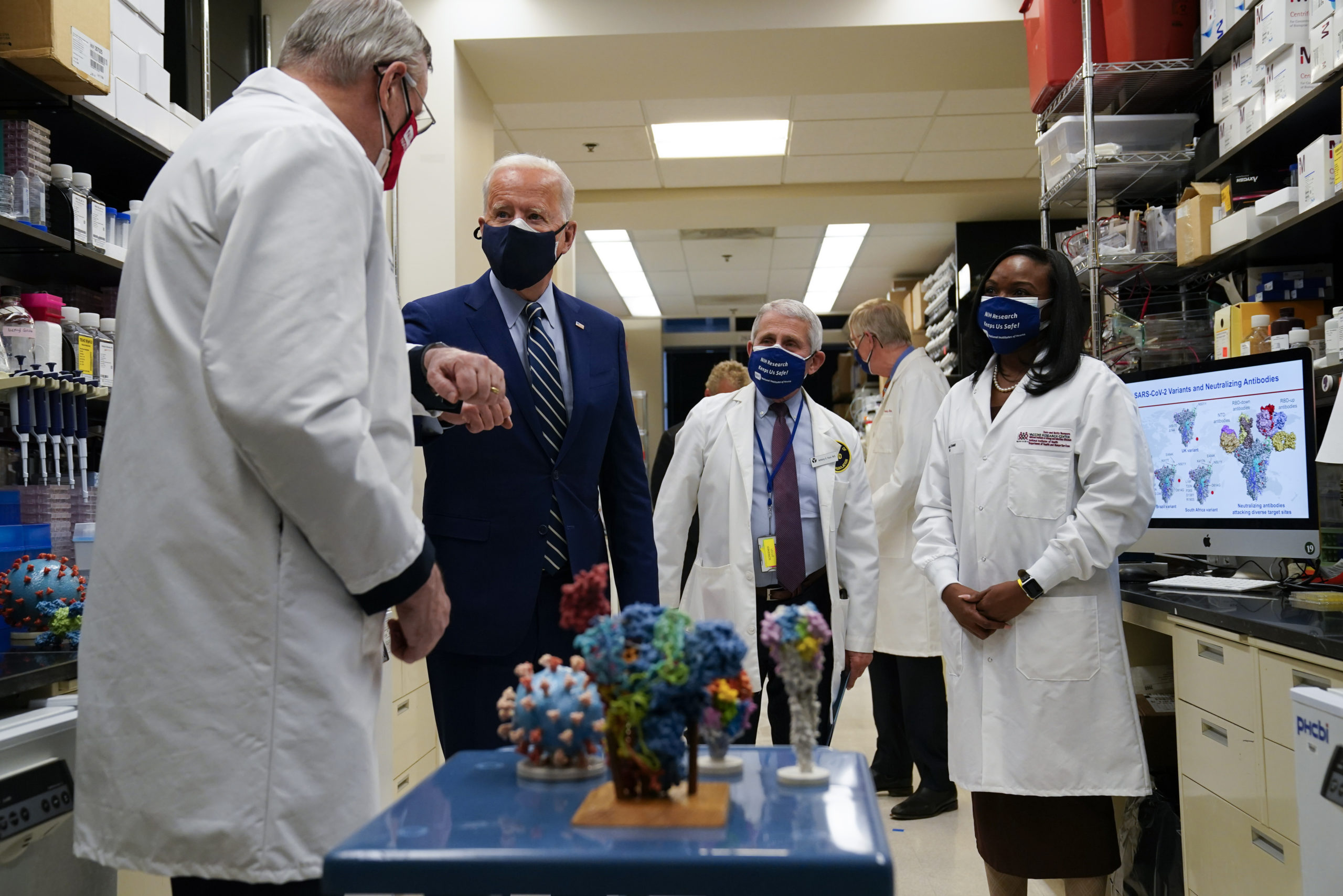In the pandemic’s early days, I tried to persuade Moderna’s press handlers to give me a behind-the-scenes look at how the Covid-19 vaccine was being made. I assumed scientists there were dissecting this new strain of virus to find its Achilles’ heel. But even as Moderna refused to open its doors, I got a lucky break.
In doing my research, I discovered that Moderna’s vaccine had actually been designed by a top scientist at the National Institutes of Health. His name was Barney Graham, and he was willing to talk. In my first interview, Graham explained how the vaccine had been a work in progress for at least a decade.
It all started because of Graham’s career-long obsession with finding a vaccine for respiratory syncytial virus — better known as RSV. Although in most cases RSV is no worse than a cold, it is nonetheless the leading cause of hospitalizations for young children and can lead to lifelong complications. An effort to make a vaccine for it in the 1960s turned catastrophic. Sixteen of 20 babies given an experimental vaccine had to be hospitalized with severe RSV complications. Two of them died. The vaccine had made the children more susceptible to the disease. That trial remains one of the biggest failures in vaccine history.
Graham’s story — along with those of Katalin Karikó, a researcher focused on using messenger RNA in vaccines, and Derrick Rossi, the biotech entrepreneur who founded Moderna but was pushed out of the company — became the basis for my book “Longshot: The Inside Story of the Race for a COVID-19 Vaccine.”
By 2012, Graham and Jason McLellan, a scientist in his lab, made a breakthrough in vaccine science that should lead in coming years to a safe and effective RSV vaccine. They discovered how to deliver a protein from the virus to a cell in the most safe and effective form, allowing our immune systems to generate the best antibodies. Using their newfound discovery, the pair quickly turned their attention to coronaviruses in the wake of an outbreak of MERS in the Middle East.
Moderna wasn’t even working on vaccines yet. And it would be years before Graham collaborated with the company. But by the time SARS-CoV-2 caused a panic in Wuhan, China, Graham had a coronavirus vaccine he only had to tweak. He did that on a Saturday morning at his home.
I spent countless hours interviewing these scientists — and many others — before the rest of the media figured out their significance. One of my editors at USA Today was so impressed by their stories that she contacted her literary agent, who signed me to a contract the next day.
The book is a story of scientists who persevered even as their colleagues failed to recognize the importance of their discoveries. It was only when the results of the vaccine trials were known that the scientific community woke up to their achievements. Their work holds promise that scientists will be able to make a vaccine on the fly the next time we’re face with a devastating pandemic.




